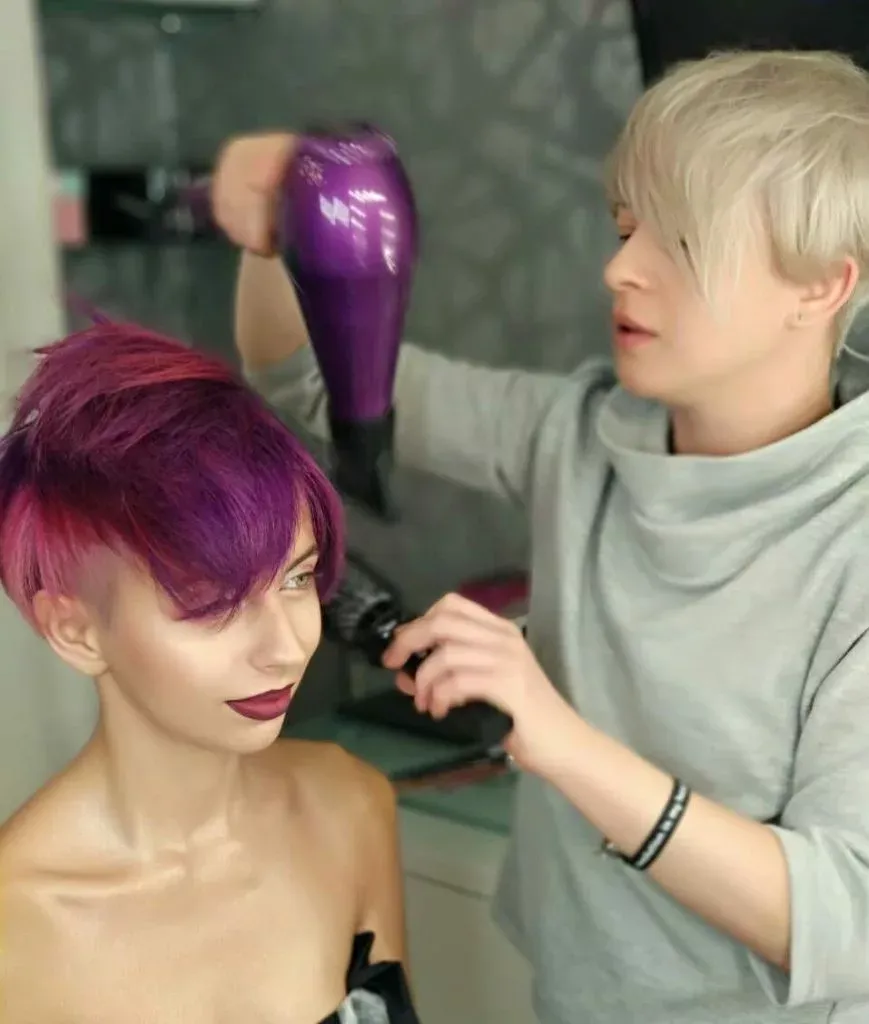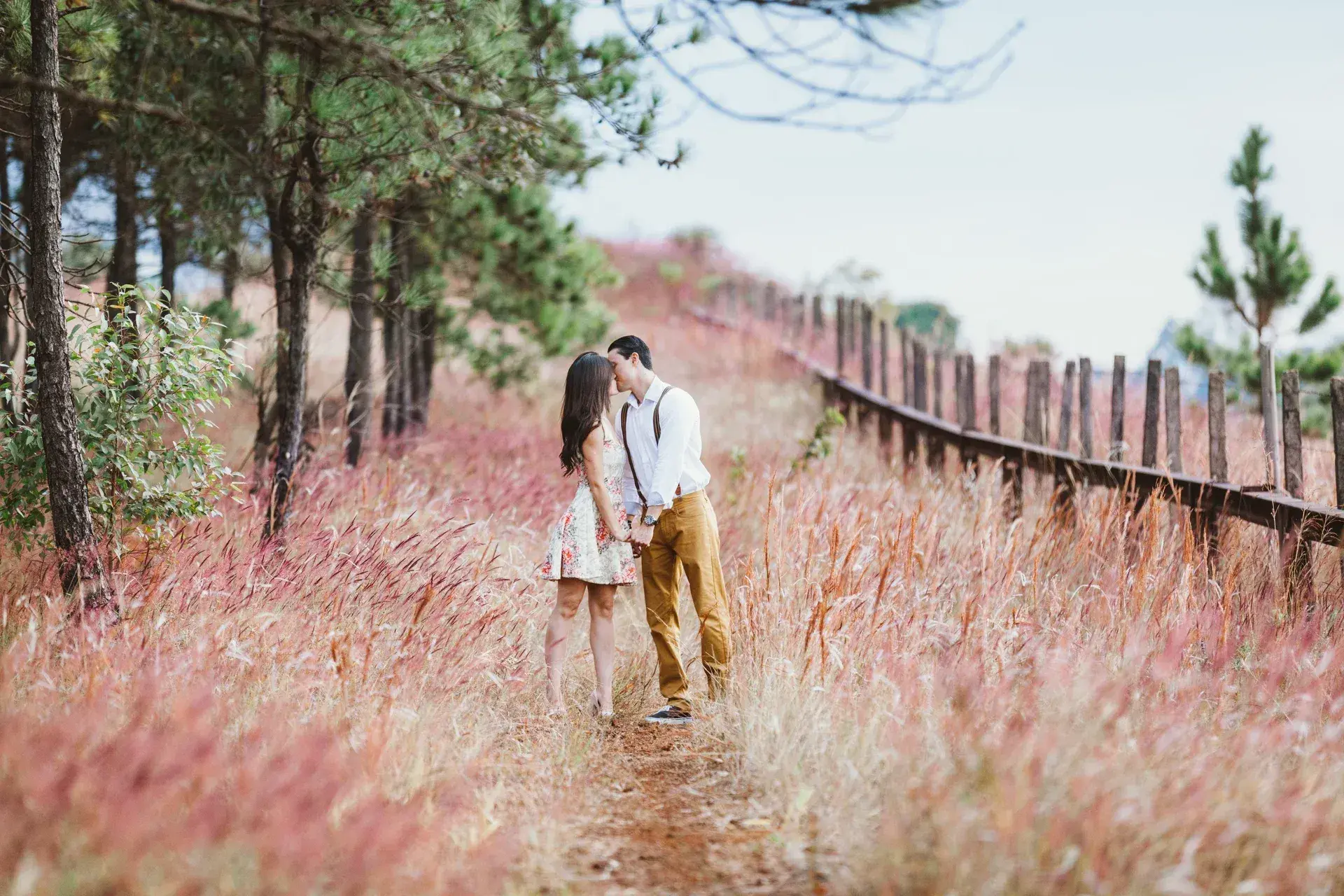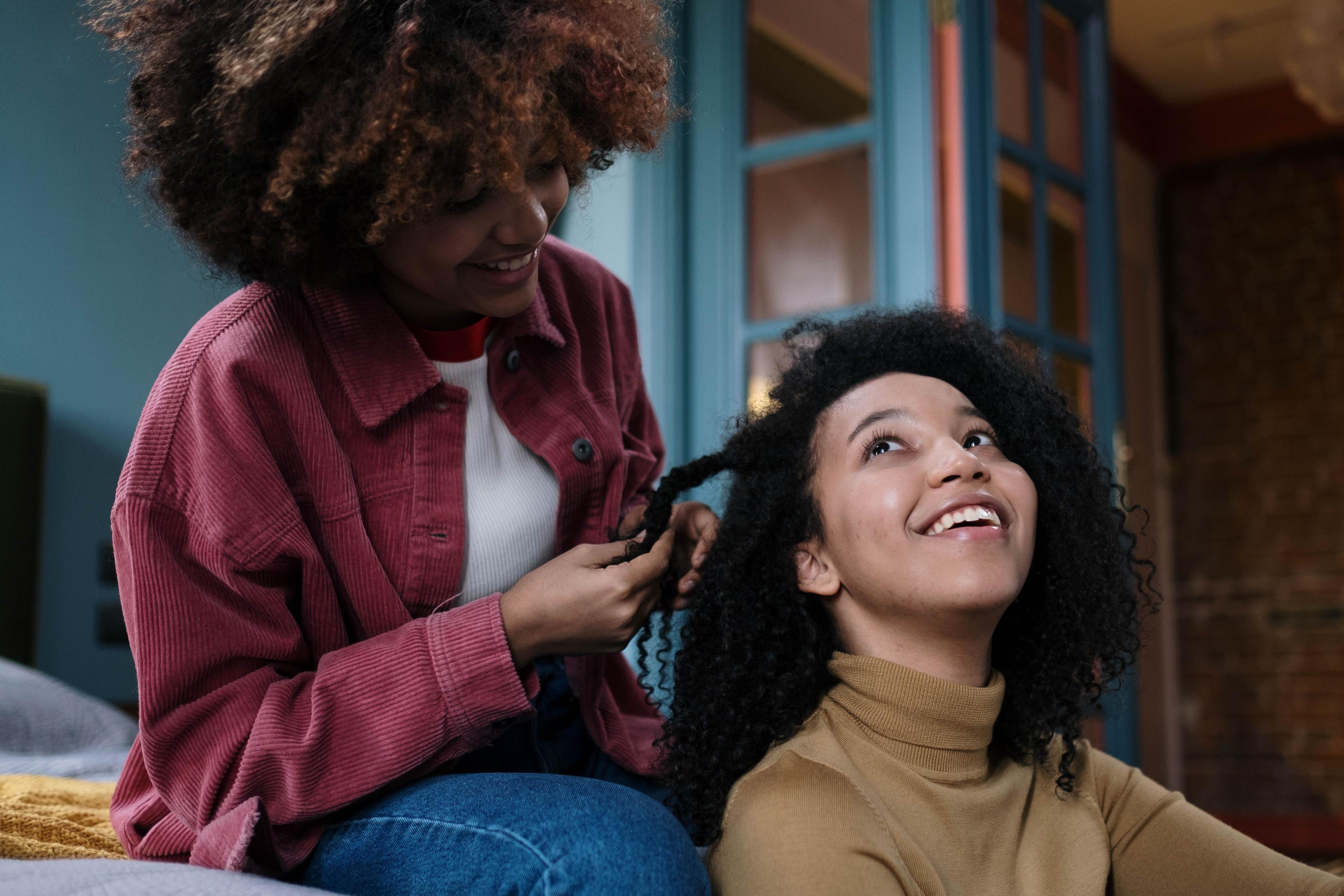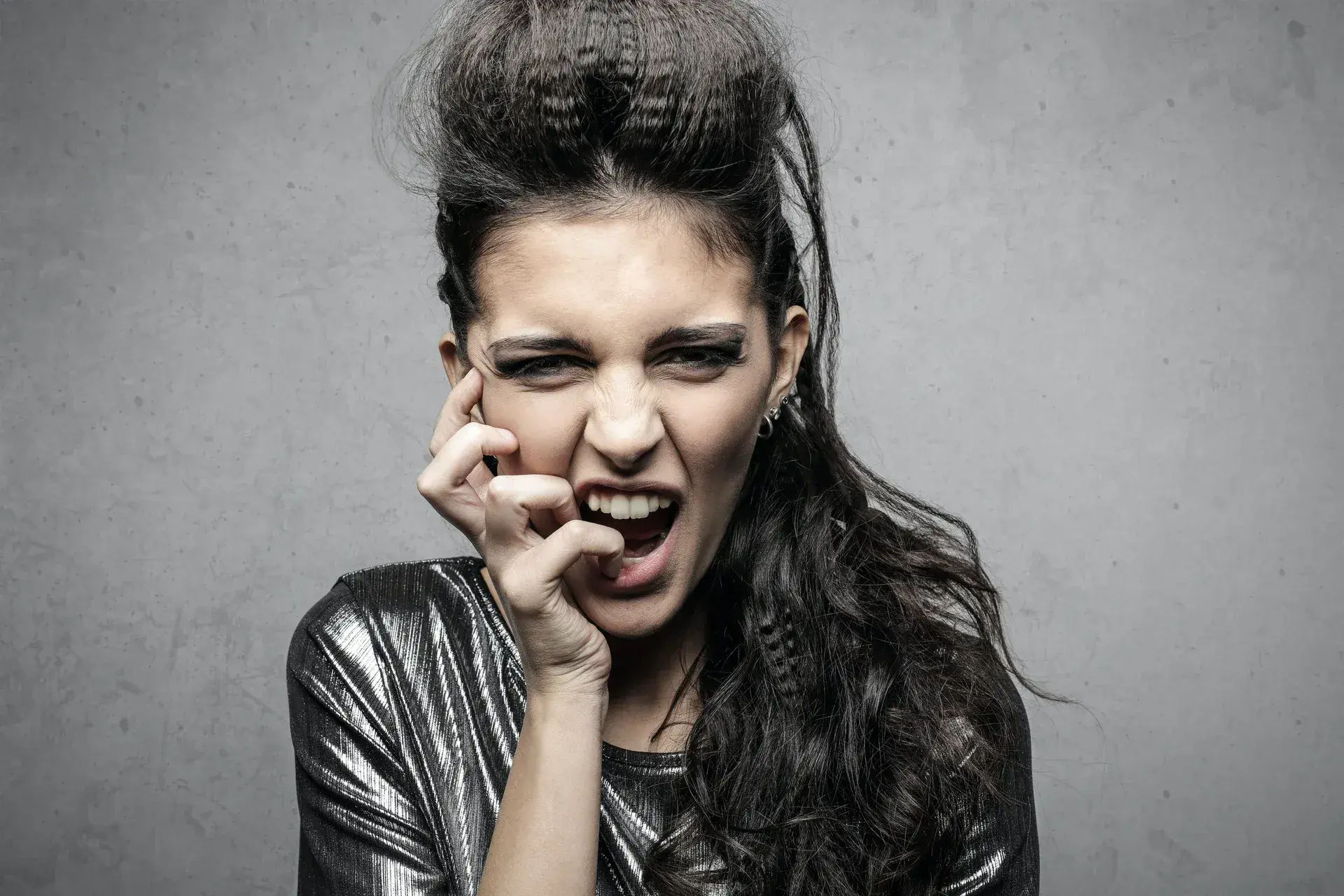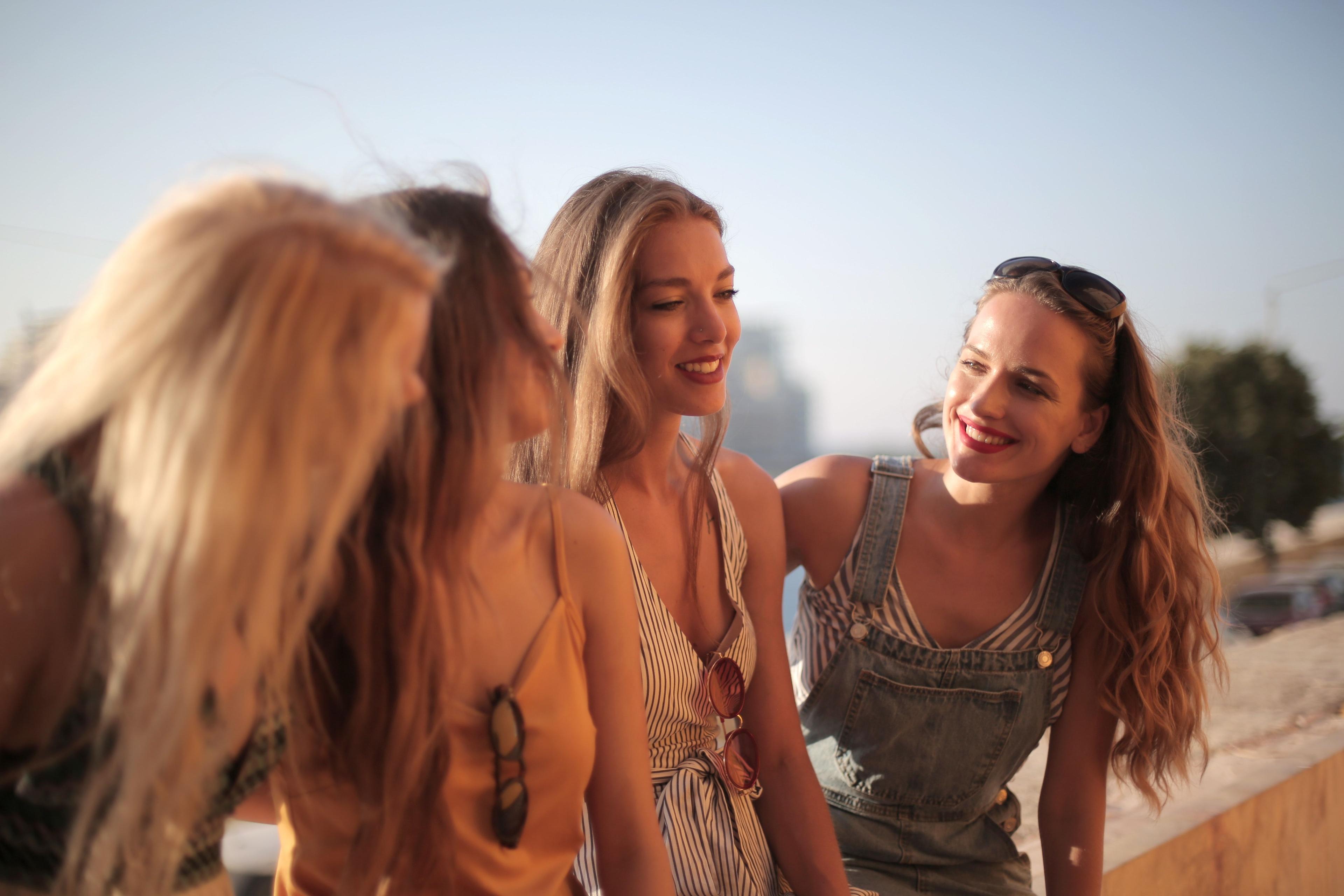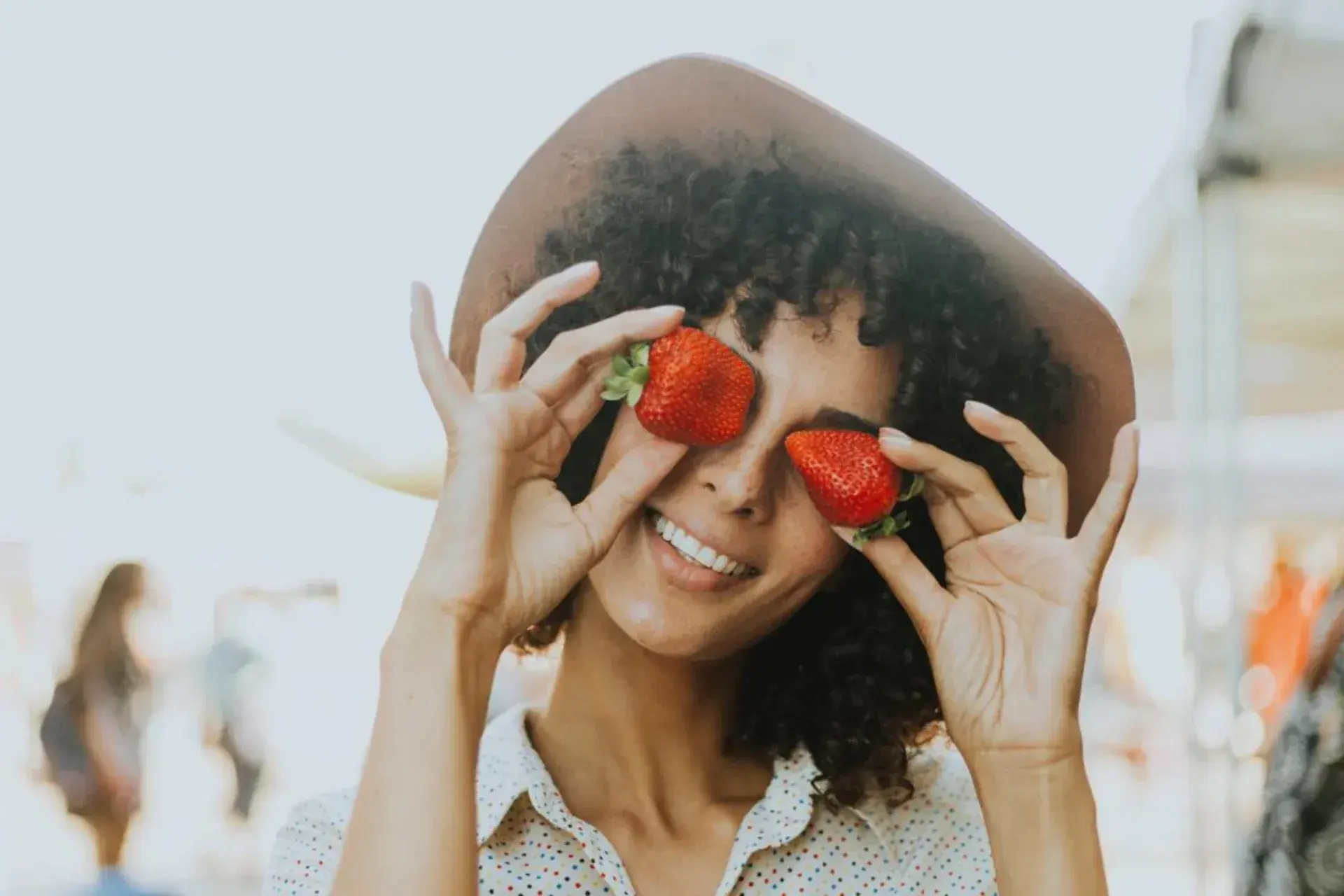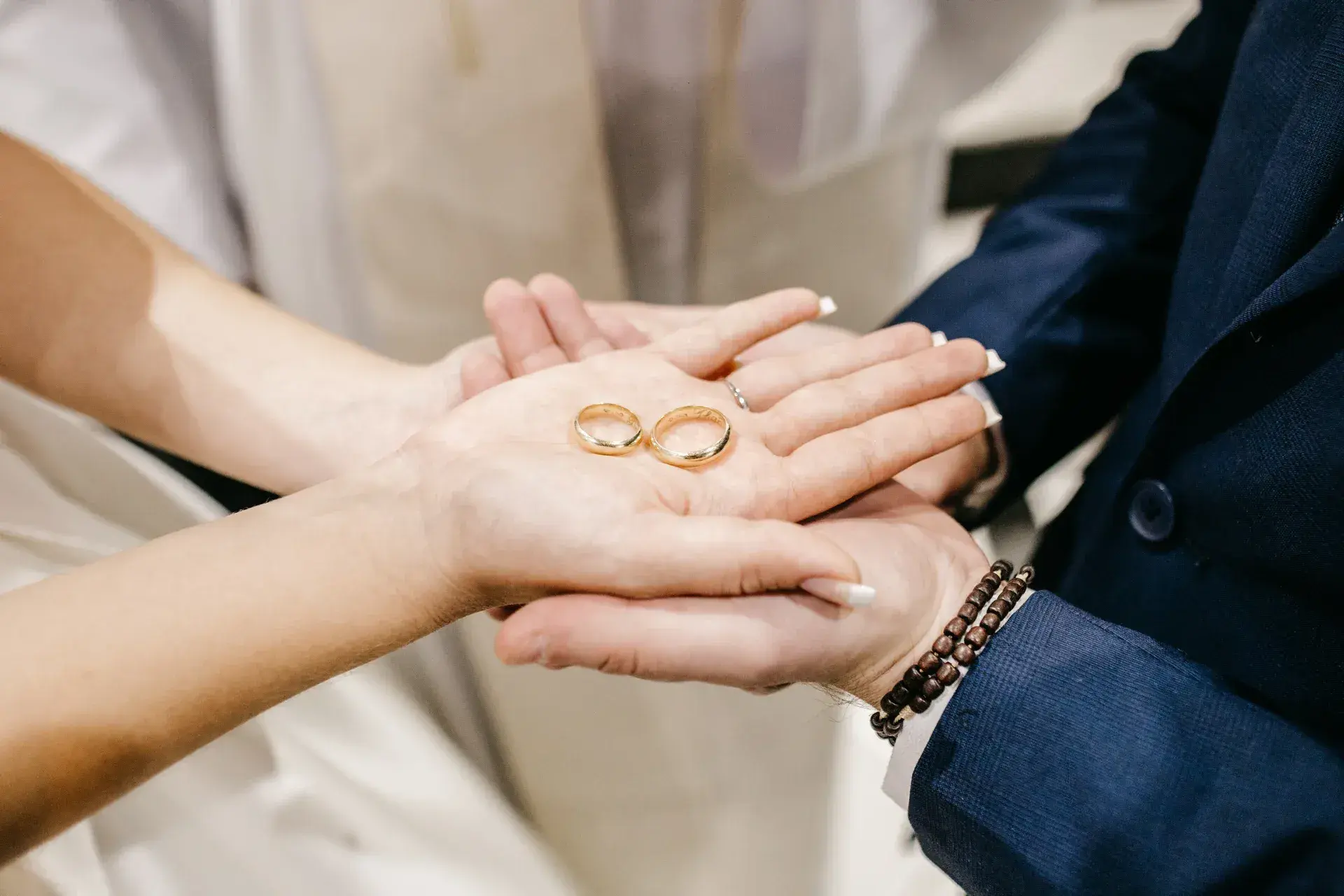Hair colour oxidant: what is it and how to choose the right one?
Hair dyeing with chemical colourants is carried out by two components: a colouring agent plus an oxidizing agent. Hair dye oxidizer acts as an activator and catalyst. In this way, the pigment penetrates the hair.
An (activator) is a cream emulsion containing hydrogen peroxide in various concentrations. When mixed with paint it forms a uniform mixture. The amount of hydrogen peroxide in the activator determines the degree of hair lightening. The composition of additional caring components (emollients that preserve shine and health of hair) can differ in oxidizers of different manufacturers.

In hairdressing practice, oxidizers with a percentage of hydrogen peroxide from 1.5% to 12% are used. Some brands indicate the content of hydrogen peroxide not in % but in the amount of free oxygen released during a chemical reaction.
Matching designations:
V (volume of free oxygen) is the concentration of oxidant;
% is a concentration of oxidant.
- 5V(5Vol.)-1,5%
- 10V(10Vol.)-3%
- 15V(15Vol.)-4,5%
- 20V(20Vol.)-6%
- 25V(25Vol.)-7,5%
- 30V(30Vol.)-9%
- 40V(40Vol.)-12%
When mixing oxidizers with different concentrations, it is possible to obtain intermediate versions of the volume of free oxygen in the colouring mixture.
It is very convenient when highlighting (start with a smaller one and end with a large oxidant). A blend with bleaching product to do in a ratio of 1:1.5.

How, then, do we, hairdressers, choose an activator in order to achieve one or another result of hair dyeing? Here we need to take into account the task that we have to do and the client's hair base (condition of hair, coloured hair or natural, presence of grey hair). I recommend always using one manufacturer's dye and oxidizer (using accurate recommendations) to obtain a guaranteed result of hair dyeing.
1.5% is used for resistant toning, to darken previously bleached hair.
3% - for darkening, for colouring in tone, when toning, during the work with the decolorizing powder (cream).
6% - clarification on 1 level, work with grey hair, it works with bleaching powder or cream.
9% - lightens by 2-3 tones, loves bright hues, is used to work out pigments at one level of lightness (artificial colour), it works with grey hair on a base from 10 to 8 levels of pitch.
12% is generally good with special blonds (1:1.5 and 1:2) lightens by 4-6 tones, combines with lightening oil, it is not recommended to mix with the powder.
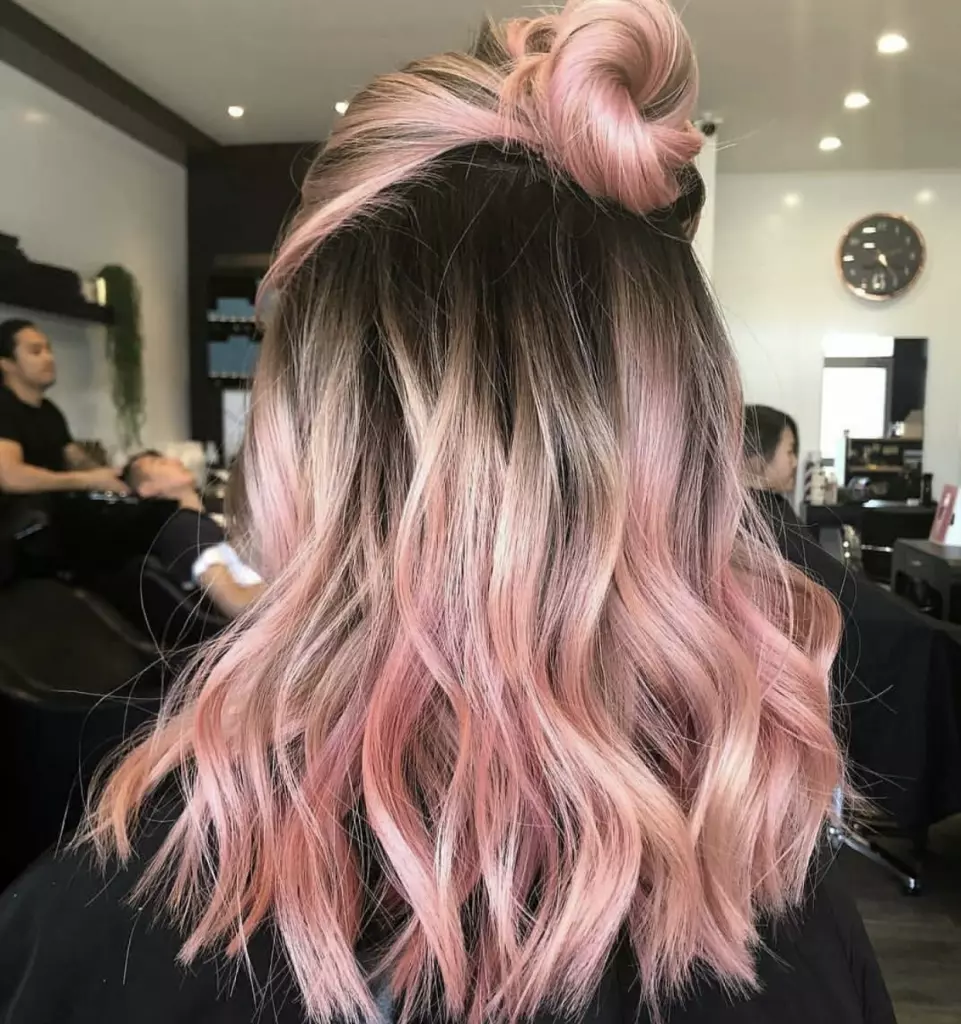
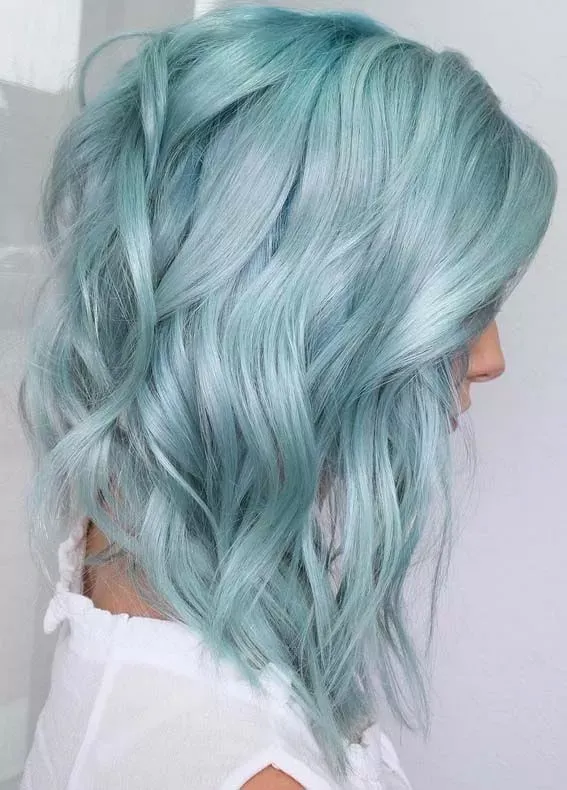
When working with blonding creams and powders, I like to work on low percentages of oxidant 1.5-3-6%. On the scalp, I apply soft blonding cream by 4% (1:2). When using series that lighten and tint at the same time previously dyed hair, I prefer most of all 9% when working on foil (without contact with the scalp). I also use 9% with open bleaching techniques. But I like special blond by 12%, as they work with a natural base. I spend pickling in proportion 1:3 or 1:4. When working with grey hair to obtain bright colours, it is often necessary to use a thicker mixture of dye by 9% (3:2).
The correct choice of oxidizing agent plays a very important role as a result of hair colouring. This is not only the future shade of hair but also their condition after dyeing.
Author:
Olga Meita
Hair colourist and hairstylist
